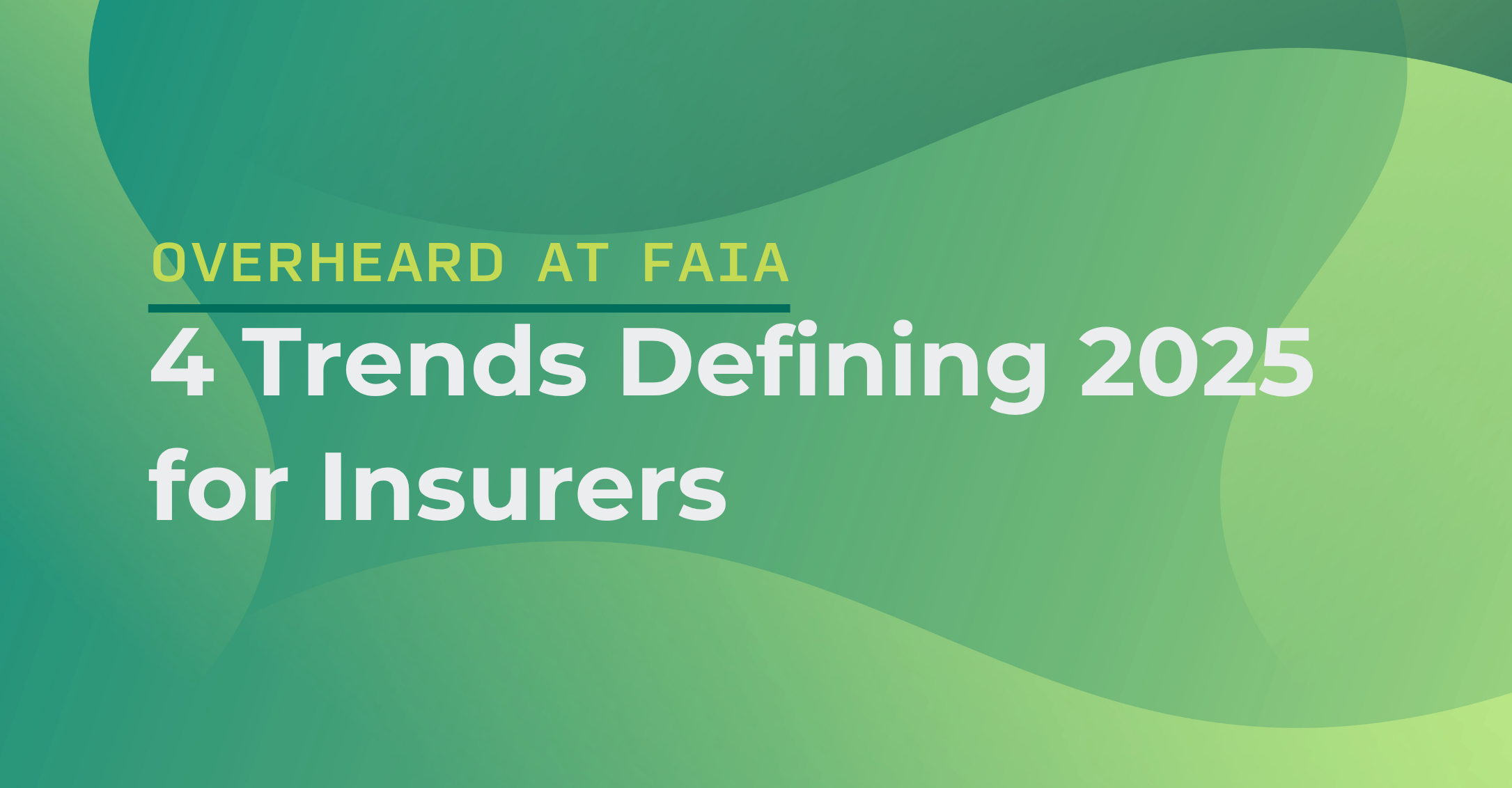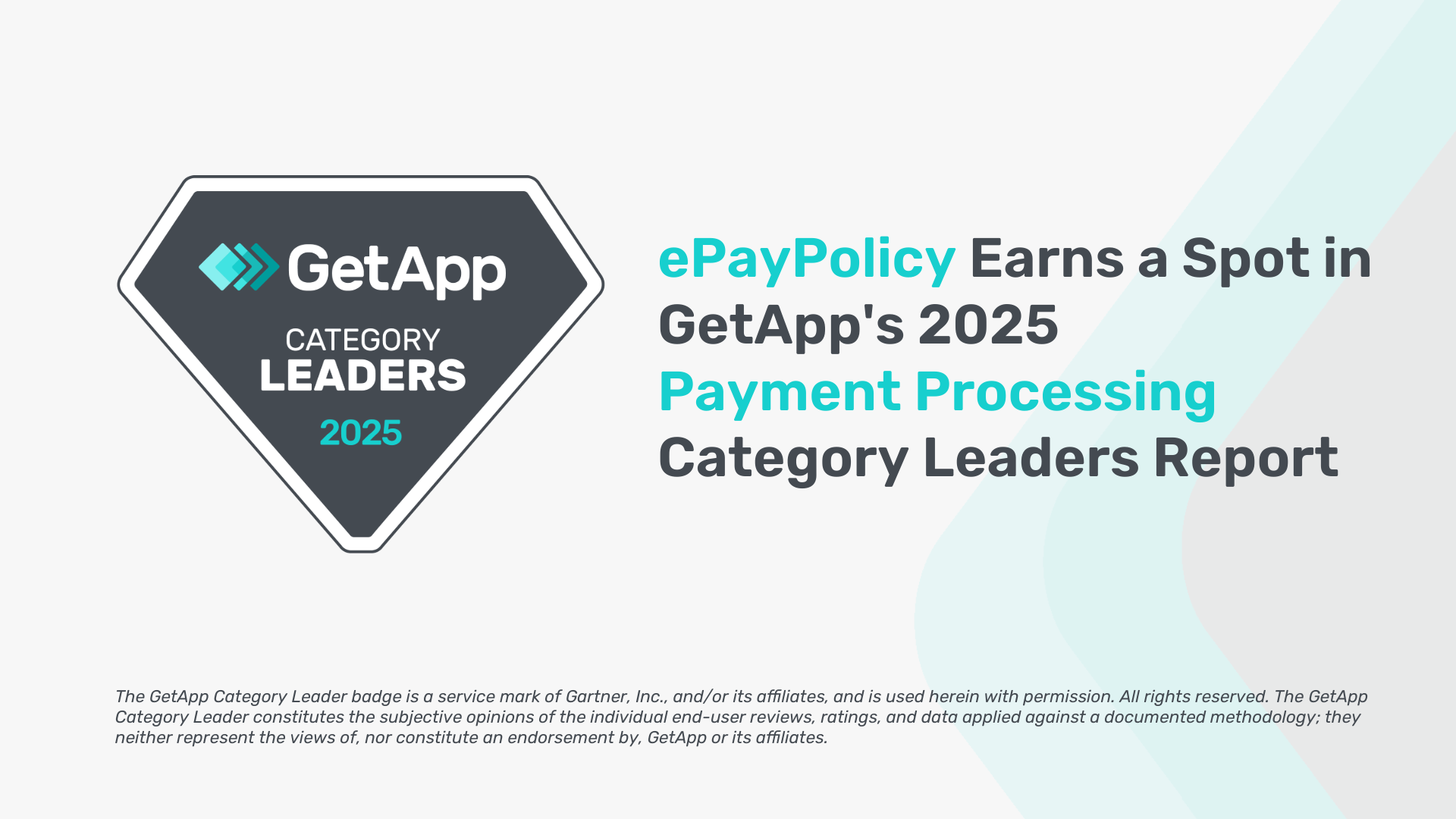For the insurance industry, 2022 was a mixture of positive and negative events. On one side, premiums increased for both personal and business insurance, largely due to rising interest rates, geopolitical crises, and natural disasters.
On the other hand, many insurance organizations made innovative changes to differentiate themselves and stay ahead of the curve. “We saw insurtech solutions disrupt, automate and enhance process efficiency and increase overall production across all channels of insurance,” said William Trainer, with ePayPolicy. “Organizations leveraged the power of data and analytics to better their forecasting and business modeling.”
We spoke with industry experts and leaders to see what they’re expecting and hoping to see in 2023. Here’s the best of what they said:
1. Social Inflation
Of course, inflation impacted the insurance industry in 2022 and it will probably continue to do so. Michael Fusco, CEO of Fusco Orsini & Associates, predicts that the most significant impact in the industry this year will revolve around social inflation which refers to the rising cost of insurance claims, particularly in the areas of liability and workers’ compensation.
“We will now see pricing increases in liability insurance across all lines. Specifically to litigation costs (litigation funding), increased jury awards (anti-corporate sentiment and nuclear verdicts), broad policy form interpretation, and tort reform,” said Fusco.
2. Carrier Rates Will Increase
Some experts are predicting a substantial increase in carrier rates this year. Because of the Covid pandemic and inflation, many carriers took very minimal increases in the past three years to help out customers.
Nicole Gonzalez, Enterprise Sales Executive at ePayPolicy, says carriers are taking a 10%+ rate increase in 2023. She believes carriers will try to grow by mirroring large insurance companies like Geico and Nationwide. “Call center [models] can pump in a ton of leads and write new business, with less overhead than a brick and mortar location.”
David Carothers, Principal at Florida Risk Partners, predicts, “we will continue to see more and more carriers require full financial underwriting to look at the viability of businesses moving forward.” They will look more closely at their financials and in many cases, “require collateralization against any deductibles/SIR,” says Carothers.
3. Consumers Will Shop Around More
The ongoing pressures of inflation, the possibility of rising unemployment, and dwindling savings may cause consumers to be more price-conscious in 2023. Robert Hartwig, President of Risk Management and Insurance at the University of South Carolina, believes “this will likely result in more shopping around for insurance given that this is a ‘big ticket’ purchase for many households.”
Nicole Gonzalez also predicts customers will be shopping for their insurance more due to the rising carrier rates.
4. Investing in Customer Relationships
The industry experts we spoke to mentioned the need to focus investments for the year in customer relationships and customer retention. Michael Fusco believes that “the technology that continues to evolve and enhance the client experience” will have the biggest impact on the market. When investing in ‘disruptive’ technology, Fusco considers that client experience “should remain the goal for all.”
William Trainer directed our attention to the importance of digital payment processing for customer retention as well as business process improvements. “The payments automation functionality will not only shorten the time to collect outstanding receivables and reconciliation time, but also can automate and track payables, and promptly adjust your ledger immediately,” says Trainer.
5. AI Will Become More Mainstream
As cost of operations increase, insurance companies are looking for ways to automate manual, labor-intensive processes. Mark Engels, CEO of ePayPolicy, predicts AI implementation will be seen “across the entire customer engagement lifecycle, from underwriting to onboarding, policy servicing and payment collection and claims disbursement.”
David Carothers also believes machine learning will be big this year. “With the further development of bots to handle normal service tasks, we may be getting ready to see the single biggest threat to underperformers in our industry,” says Principal of Florida Risk Partners.
6. Leveraging Partnerships
As the Enterprise Partnerships Representative at ePayPolicy, William Trainer spoke to us about the importance of strategic partnerships during these times. They allow companies to “collaborate and develop better customer-centric insurance solutions, much more quickly, and more cost effectively.”
Partners do not only improve the customer journey, but also make it easier for insurance companies to grow and expand their market reach. Ryan Bosworth, CSO of XDimensional Technologies, believes that in 2023 roles will merge between agencies, MGAs, carriers, and other organizations in the hybrid world of insurance. “Retail agencies are opening wholesale divisions, and growing wholesalers have been given complete underwriting authority by their carrier partners. In addition, we’ve seen carriers investing in revenue streams via in-house MGAs or retail agencies,” says Bosworth.
7. Resilience in the Industry
Economic challenges present difficulties to the insurance industry just like they do to other industries. However, Robert Hartwig explains that “insurers are organized and regulated in a way that ensures they can continue to function normally even under the most stressful of economic circumstances.”
In the previous years, insurers were quick to deploy technologies that allowed them to service customers in the best way possible despite the rapidly changing economic and political environment. Hartwig believes that the “continued resilience and disciplined operational approach” of the insurance industry continues to prove itself, “just like it did during 9/11, the financial crisis, and other challenging periods.”
“I have every confidence that [this] resilience will remain intact despite a recession that most forecasters believe will occur in the second half of the year. Growth in the industry will slow as a result but longer-term trends in the innovation and deployment of technologies will continue,” says Professor Hartwig.
- Steve Millerhttps://epaypolicy.com/blog/author/steve-miller/
- Steve Millerhttps://epaypolicy.com/blog/author/steve-miller/
- Steve Millerhttps://epaypolicy.com/blog/author/steve-miller/
- Steve Millerhttps://epaypolicy.com/blog/author/steve-miller/




